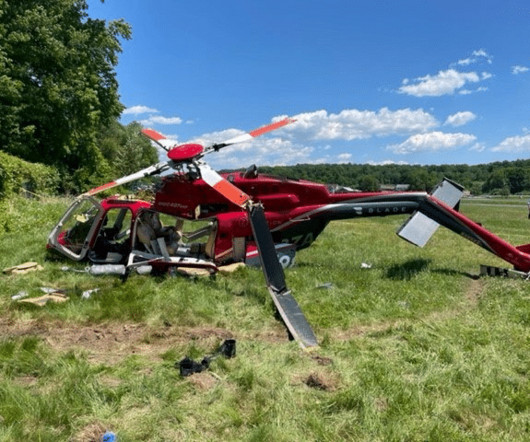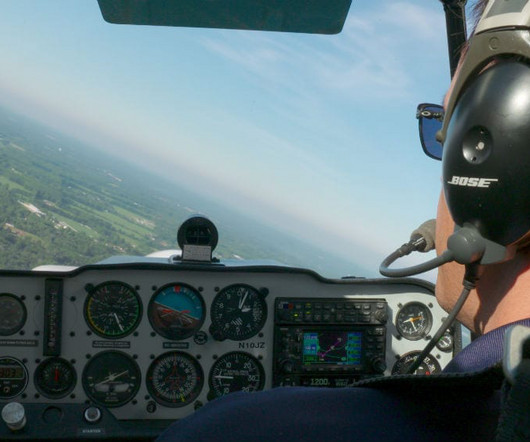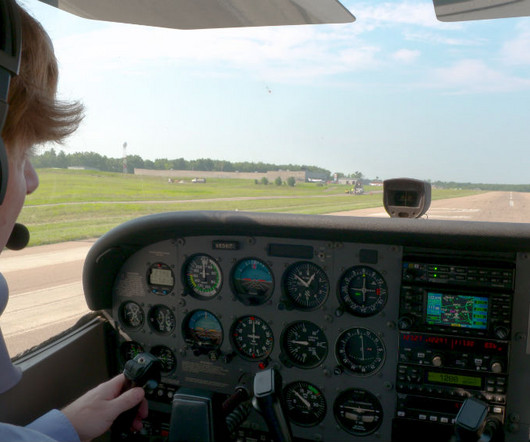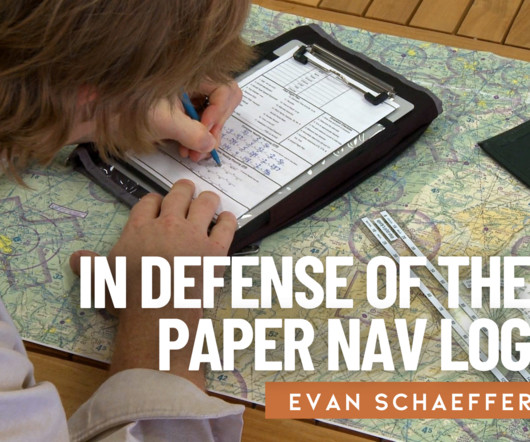E6B Made Easy: A Beginner’s Step-by-Step Guide
Pilot Institute
FEBRUARY 1, 2025
You can also use it for unit conversions, estimating wind correction angles, and figuring out density altitude. Using the Air Density Windows and the Baseplate The disk also features cut-out windows designed for air density-related calculations. and read the altitude shown. Thats your true airspeed.














Let's personalize your content